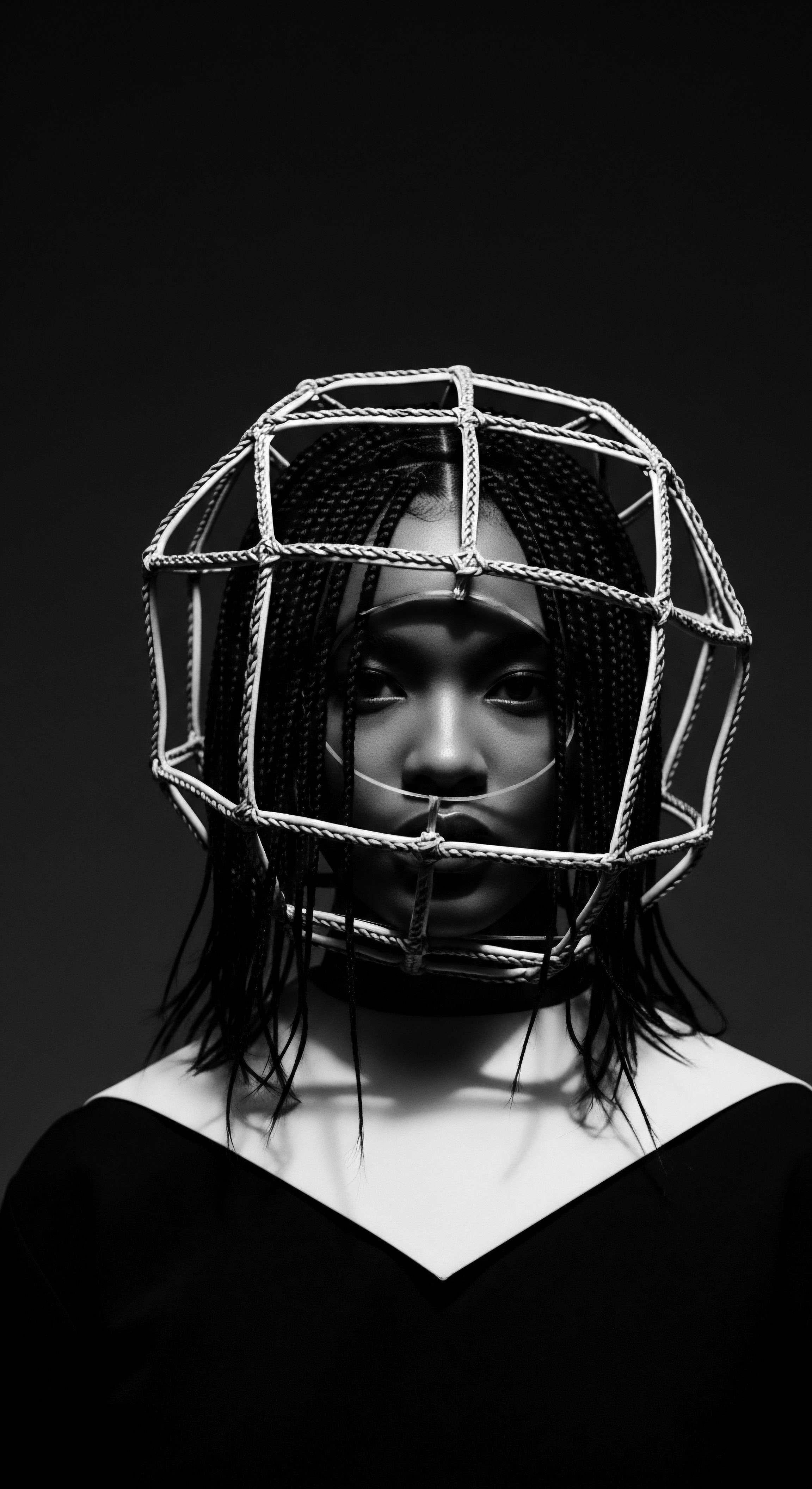
Can textured hair truly benefit from traditional henna practices today?
Yes, traditional henna offers natural conditioning and structural reinforcement to textured hair, honoring a rich ancestral legacy.

What is henna’s historical connection to cultural identity and textured hair?
Henna’s historical connection to cultural identity and textured hair lies in its ancestral use for protection, adornment, and communal bonding.

What modern insights validate the benefits of traditional henna for textured hair?
Modern science confirms traditional henna's benefits for textured hair through lawsone's protein binding and scalp-supporting properties, validating ancestral heritage.
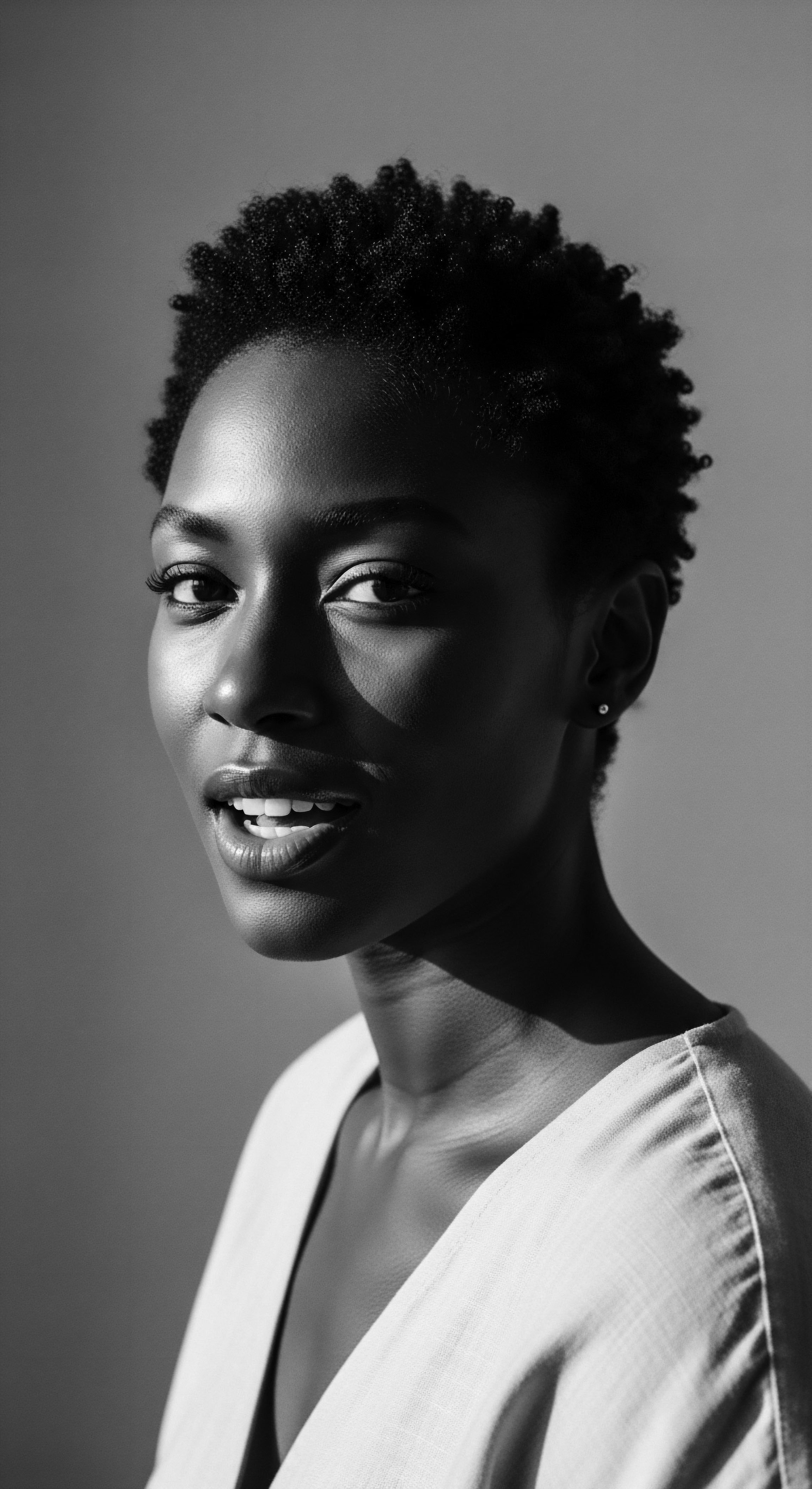
What historical evidence connects henna to textured hair strength?
Henna's historical use across African and Asian cultures provides evidence of its ability to strengthen textured hair.
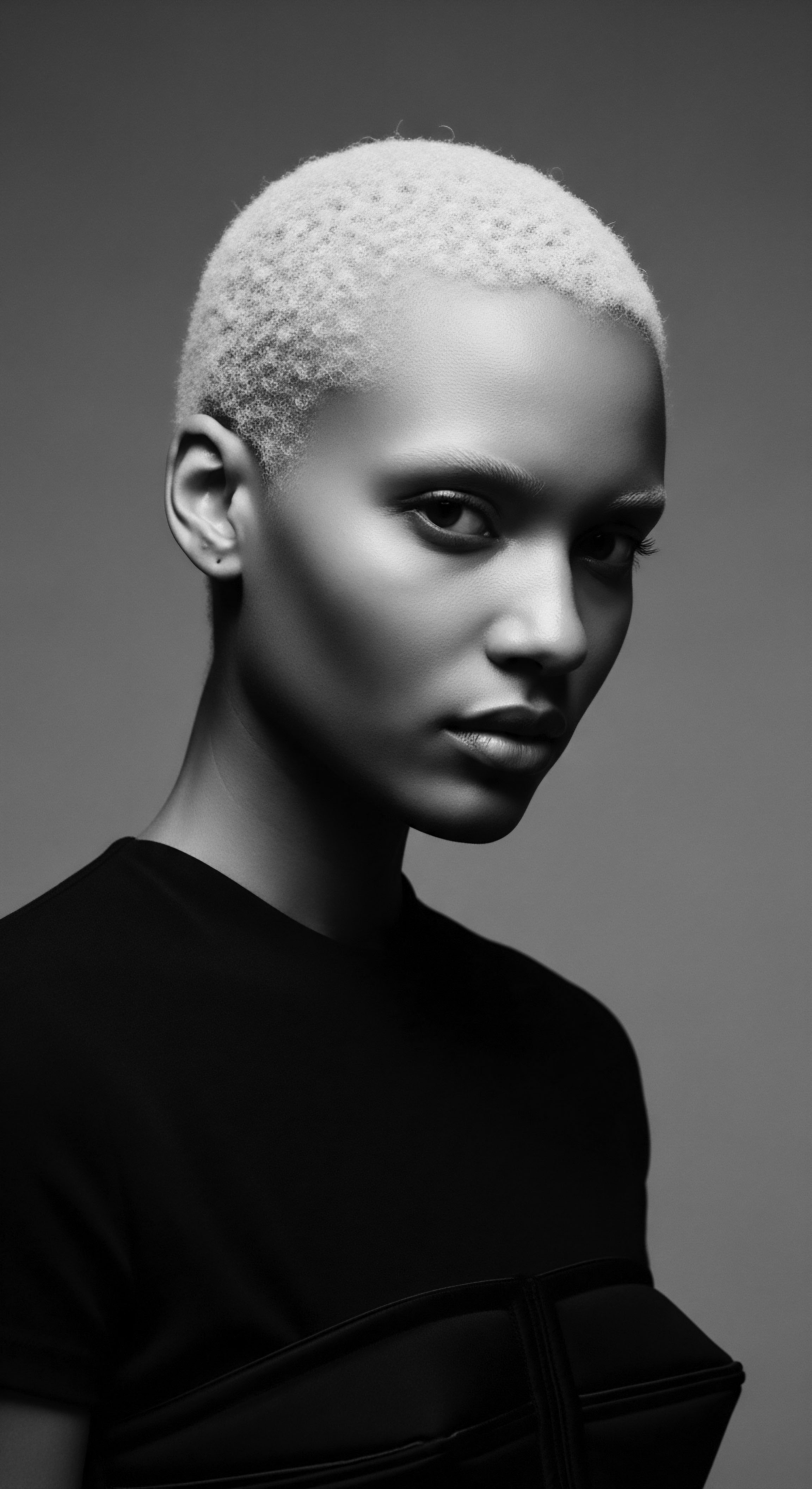
What traditional uses of henna benefited textured hair’s well-being?
Henna traditionally strengthened and conditioned textured hair, serving as a pillar of ancestral care and heritage.

How did ancient Egyptians apply plant-based dyes to textured hair?
Ancient Egyptians colored textured hair with plant-based dyes like henna and indigo, linking personal presentation to social status and spiritual heritage.

Which plants color textured hair naturally?
Plants like henna, indigo, and black walnut offer rich, natural color to textured hair, connecting us to deep ancestral heritage and ancient beauty rituals.

How did ancient dyes nourish textured hair?
Ancient plant dyes offered textured hair profound nourishment, strengthening strands and balancing the scalp through ancestral botanical wisdom.

Which natural ingredients provided lasting color for textured hair?
Ancestral practices harnessed plants like henna and indigo, their pigments bonding profoundly with textured hair through time-honored rituals.

Can traditional North African grooming rituals enhance modern textured hair health?
Traditional North African rituals offer potent, heritage-rooted enhancement for textured hair health, prioritizing moisture and resilience.

How did ancient plant dyes strengthen textured hair?
Ancient plant dyes strengthened textured hair by coating strands, forming protective barriers, and enriching keratin with botanical compounds.
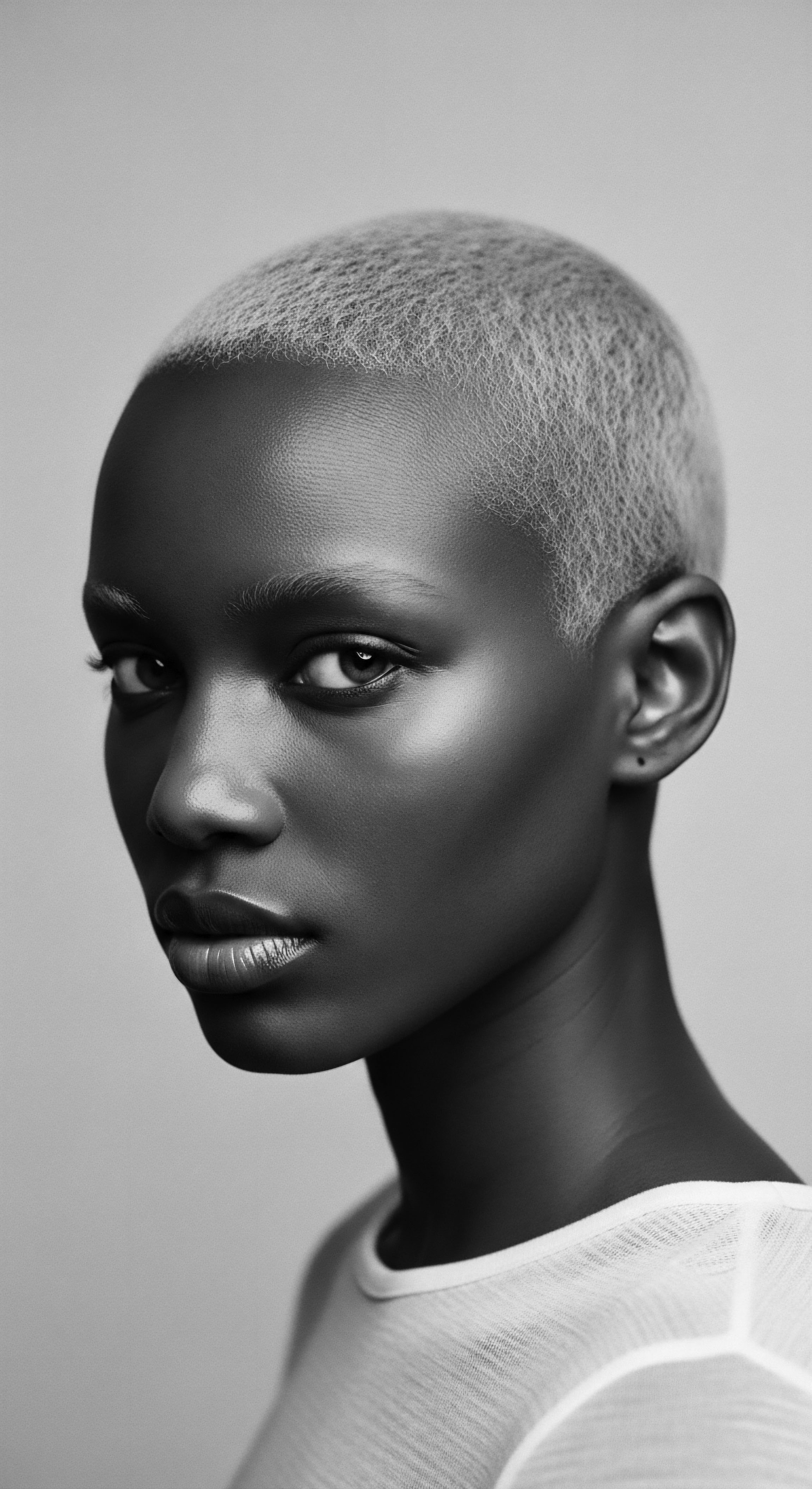
Can henna enhance curl patterns in highly textured hair types?
Henna can subtly enhance existing curl patterns in highly textured hair by coating strands, reducing frizz, and adding a gentle weight, drawing from generations of ancestral hair care wisdom.

How did ancient Egyptians dye textured hair?
Ancient Egyptians colored textured hair using natural plant-based pigments like henna and indigo, connecting adornment to cultural and spiritual heritage.

Do traditional henna applications differ for various textured hair types?
Traditional henna applications adapted through preparation and post-care rituals to nourish and adorn the diverse expressions of textured hair.

What is henna’s impact on textured hair strands?
Henna strengthens textured hair by binding its lawsone molecule to keratin, reinforcing strands, reducing porosity, and linking to rich ancestral protective traditions.

Were ancient hair dyes safe for textured hair?
Ancient hair dye safety for textured hair depended on ingredients; natural compounds were often beneficial, while metallic dyes held risks, profoundly shaping heritage.
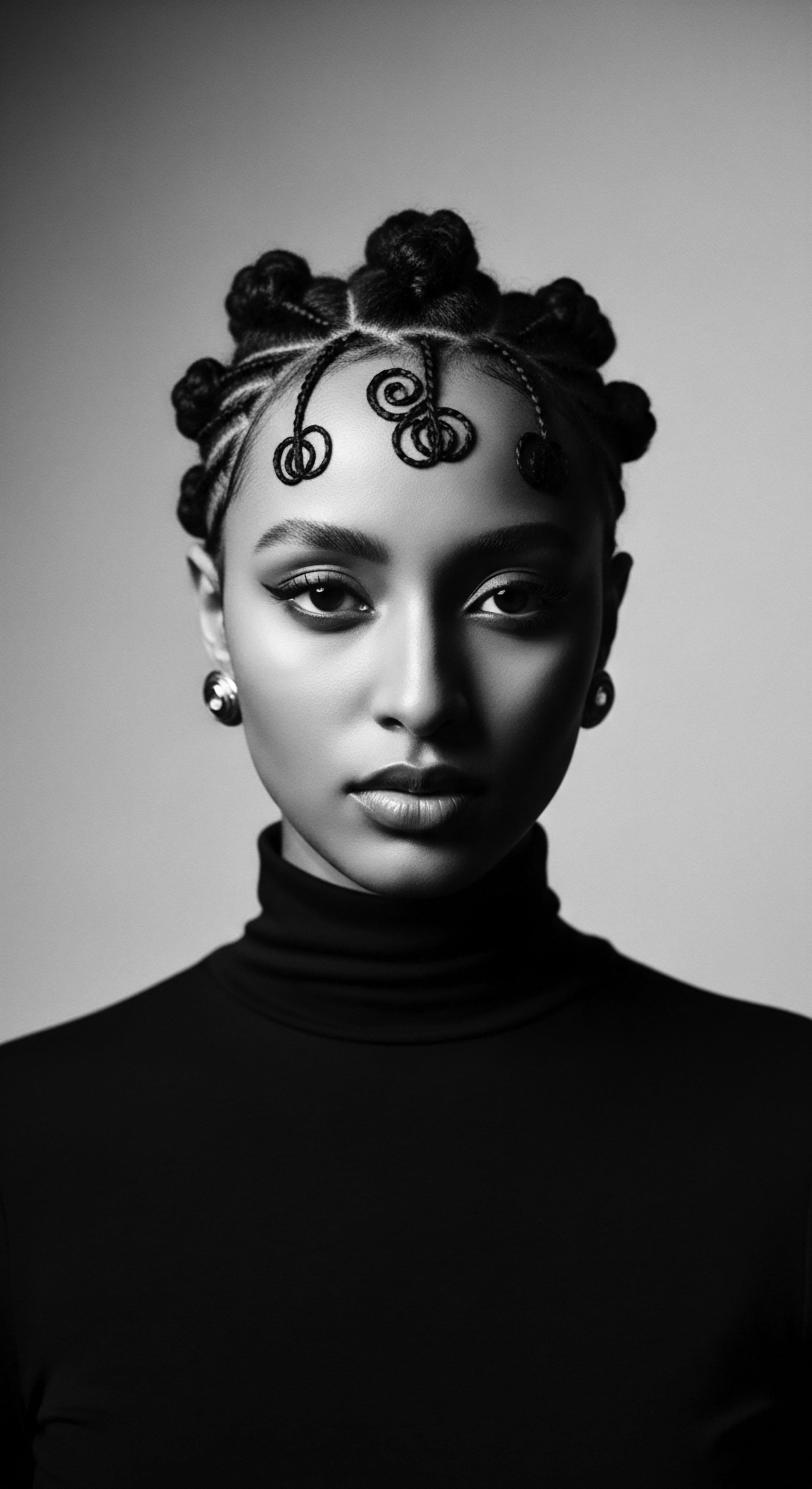
How did ancient Egyptians use plant dyes on textured hair?
Ancient Egyptians used plant dyes, primarily henna, to color and condition textured hair, reflecting deep cultural and ancestral reverence.

How did ancient dyes color textured hair?
Ancient dyes colored textured hair through plant-based pigments like henna and indigo, applied in pastes that interacted with keratin, deeply connecting to cultural heritage and ancestral practices.

What ancestral practices shaped textured hair conditioning in North Africa?
North African ancestral practices conditioned textured hair using natural oils, mineral clays, and herbal infusions, deeply rooted in cultural heritage.

How does traditional henna use align with modern hair science for textured strands?
Traditional henna coats textured hair with lawsone, strengthening and conditioning strands, aligning with modern keratin science and ancestral care.
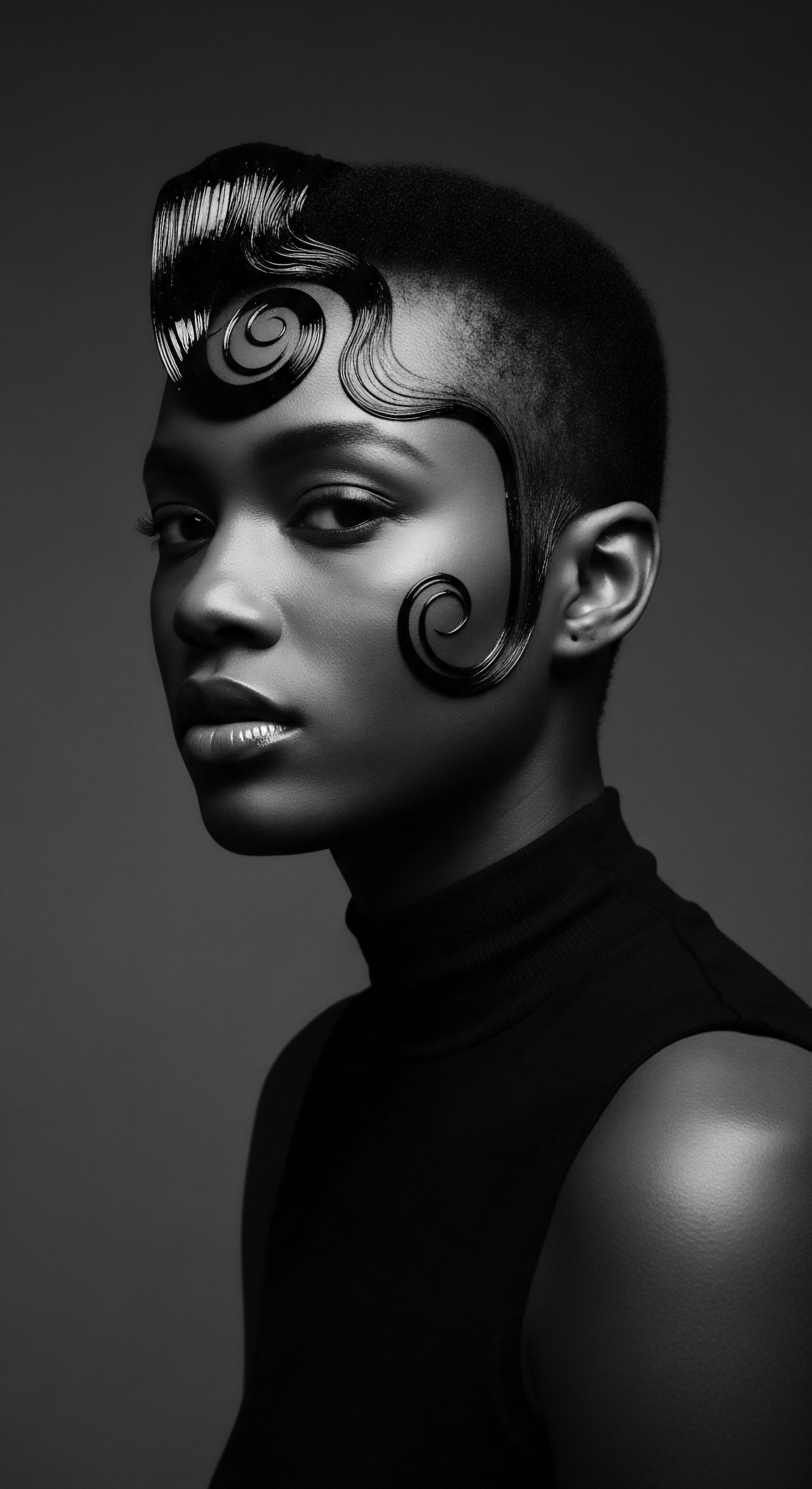
Does henna offer unique benefits for textured hair?
Henna fortifies textured hair by coating strands and sealing the cuticle, a tradition rooted in ancestral beauty rituals for health.

What ancient pigments colored textured coils?
Ancient pigments, primarily mineral earths and plant derivatives like ochre and henna, colored textured coils for spiritual, social, and protective purposes.
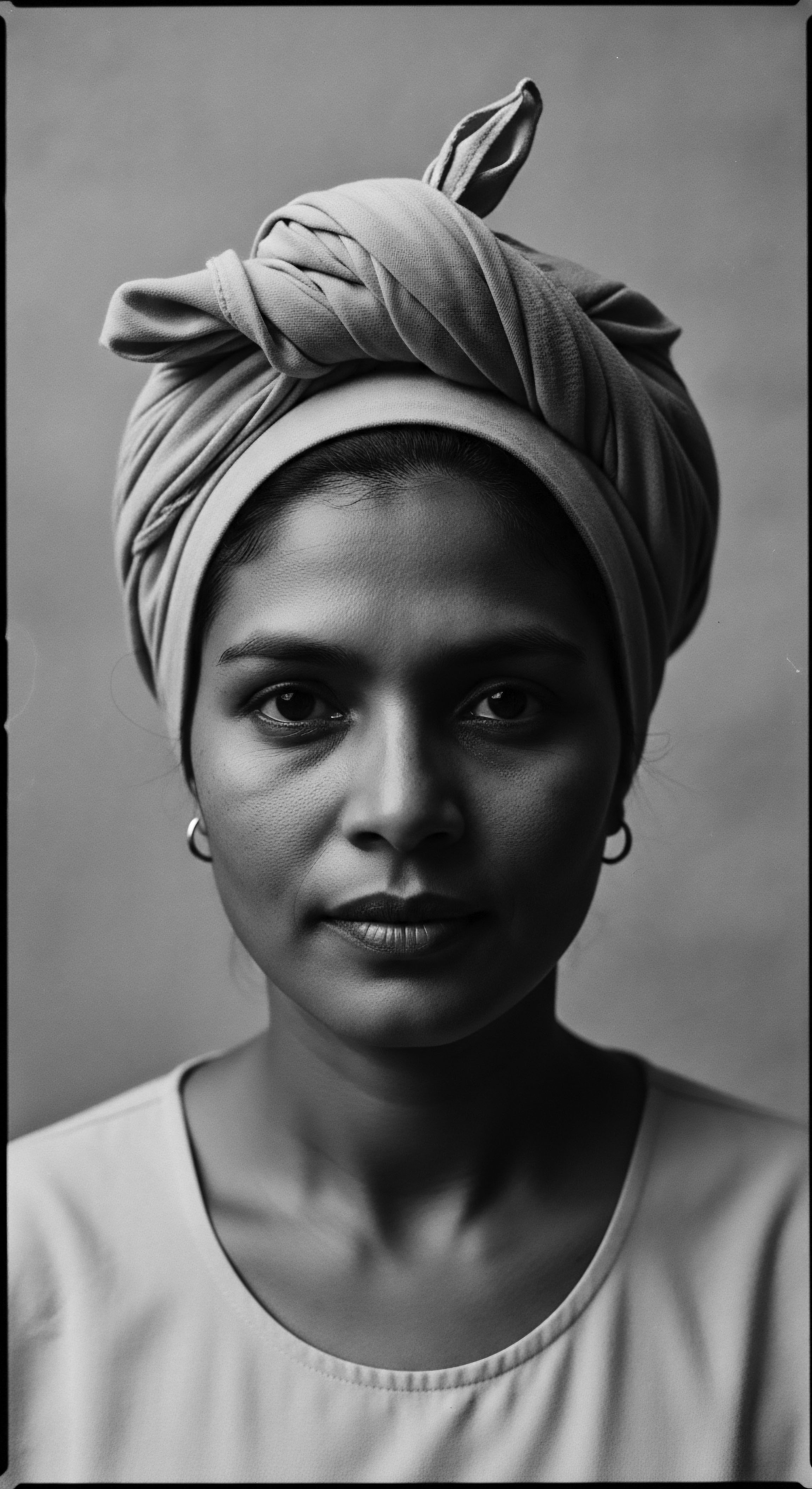
How does henna tradition connect to textured hair care?
Henna tradition deeply links to textured hair care by offering ancestral conditioning, strength, and cultural continuity for diverse heritage strands.

